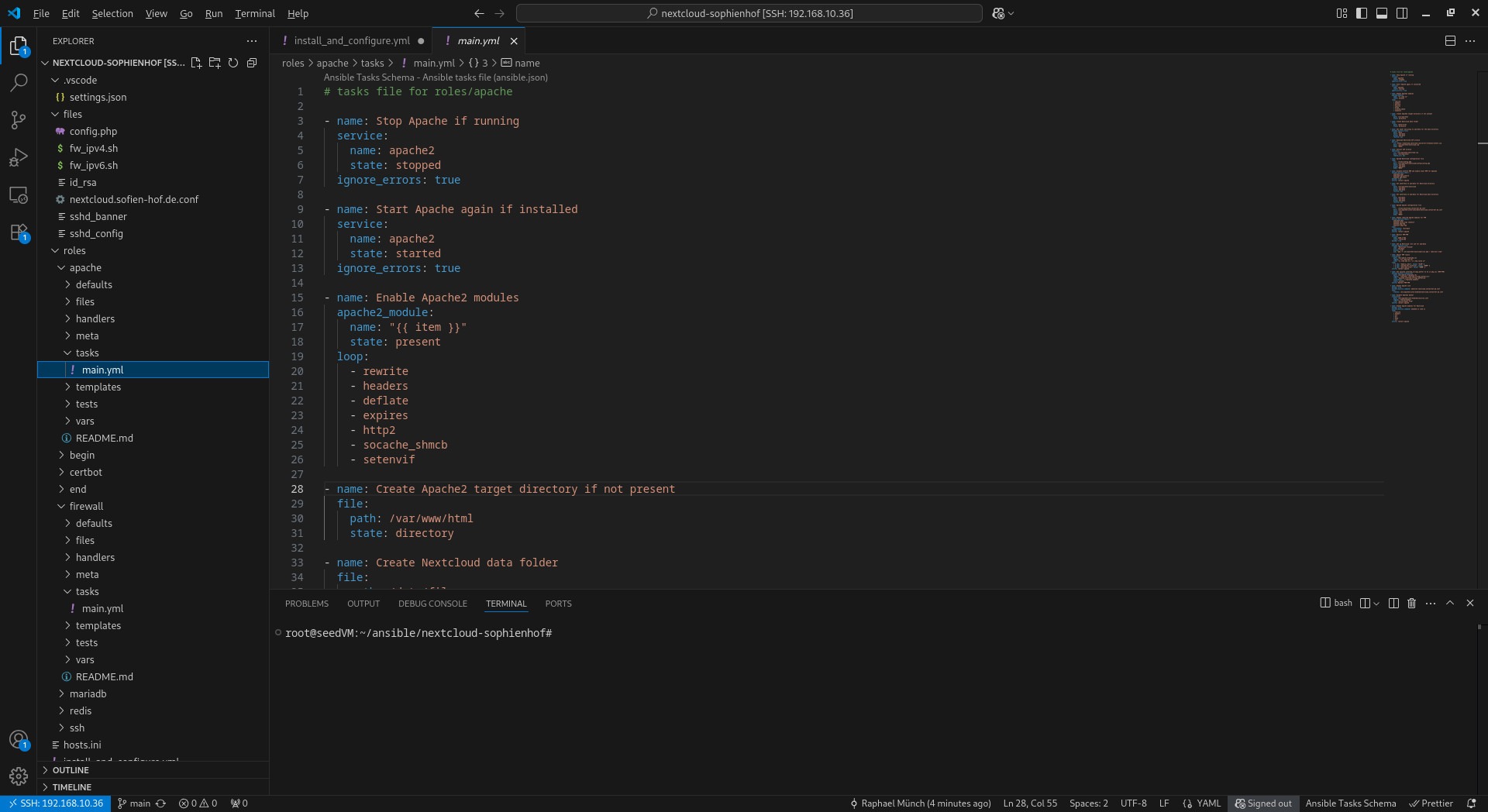⚠️ Heads-up, fellow human (or bot):
This post is currently outdated and due for a proper rewrite.
Some parts may no longer be accurate, complete, or aligned with the latest tech realities.
A fully updated and more detailed version is on the way soon™.
TL;DR: Read at your own nerdy risk — no warranties, no guarantees, just vibes. 🤓
🤖 So, What Is This “Ansible” Magic?
Ansible is basically the spellbook every modern sysadmin dreams of.
It’s an open-source automation engine that lets you write playbooks—YAML files describing exactly how your servers should behave. Then you just cast your playbook and, boom, everything is installed, configured, and ready.
No more copy-pasting endless shell commands, no more “Wait, did I run that on production?” nightmares.
Automate all the things! ✨
📜 The Fellowship of the Nextcloud Deployment
My personal journey with Ansible began as a solo campaign. Then, like in all good quests, a local club sent out a call for help: “Can you set up a Nextcloud server for us?”
Obviously, this could only mean one thing: time to create a reusable Ansible role!
Why do it manually when you can go full Infrastructure as Code and impress your friends with your automation wizardry?
🧩 Behold, the Stack of Legend
The Ansible role conjures the following components from the depths of the internet:
- 🕸️ Apache – Because the web won’t serve itself
- ⚡ PHP-FPM – Gotta go fast (and secure)!
- 🔐 Let’s Encrypt Certificate – Free TLS, no excuses!
- 🐬 MariaDB – For all your data-hoarding needs
- 🛡️ Security Features – Like a firewall, but less medieval
100% less yak shaving, 100% more automation!
🏆 Milestone Unlocked: It Actually Works!
Good news: I’ve already hit a major milestone (see screenshot above, or use your imagination 🤓).
The playbook works, Nextcloud spins up, and I can finally drink my coffee while Ansible does the heavy lifting.
Achievement unlocked: Automated Nextcloud Deployment

🧑💻 Next Steps for Brave Adventurers
Over the next few days, I’ll upload the Ansible role as a tarball here, along with some explanations—so you too can wield this power.
Whether you’re a command-line crusader or just Ansible-curious,


